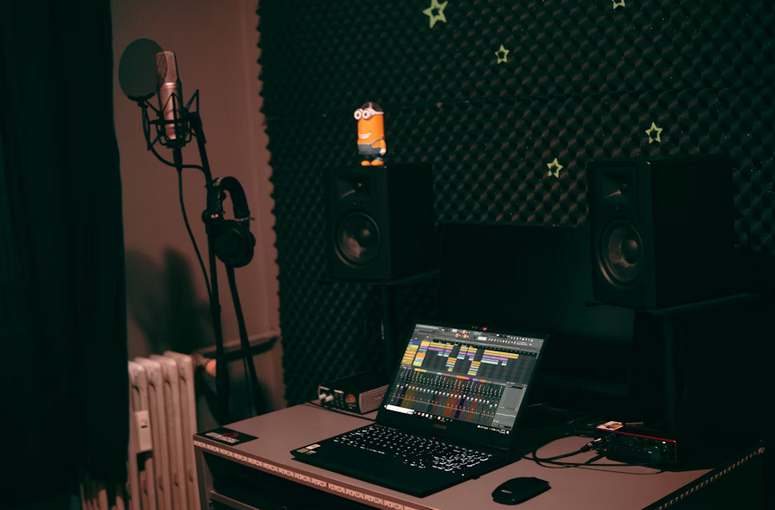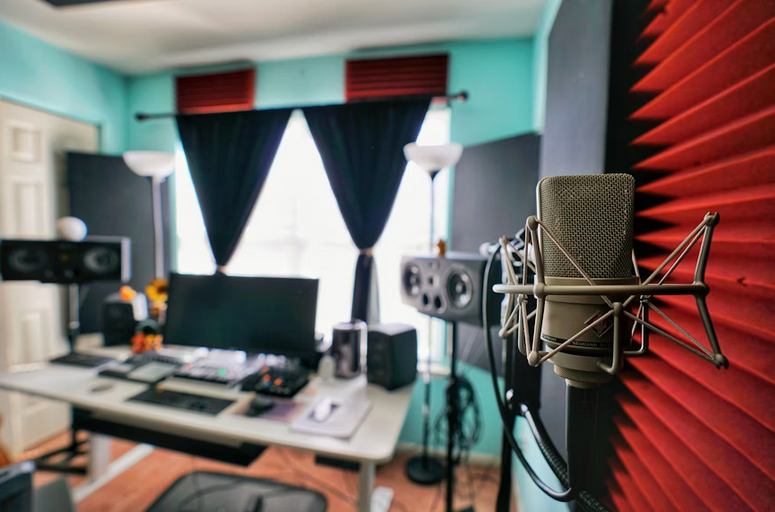
How to Build a Home Recording Studio That Works and Feels Right
For anyone who’s ever recorded a song in a cluttered bedroom or tried to mix tracks between barking dogs and creaky doors, you know the setup matters. If you’re chasing the magic of those country songs 2004, you’ll want a room that respects sound just as much as nostalgia.
But before you go shopping for mixers or mics, start with the basics: the space itself. Sound lives in walls, ceilings, and floors first. Equipment comes second. Creating a studio at home doesn’t need a Hollywood budget. But it does need attention to what most people skip: structure, materials, and smart layout.
Pick the Right Room
Don’t fall for the biggest room just because it looks impressive. What you want is isolation and control. A spare bedroom with minimal windows? Gold. Basements? Even better, if they’re dry and ventilated. Avoid high ceilings, large windows, and shared walls with kitchens or bathrooms. Noise loves to travel, and you’re trying to keep it on a short leash.
Treat Your Surfaces Thoughtfully
A concrete floor is like an echo chamber. Bare drywall? Not much better. Add thick rugs to soak up bounce, and hang dense curtains if you’re stuck with glass. Skip the temptation of foam panels everywhere. Use them sparingly. A few diffusers or well-placed bookshelves can break up reflections while keeping the sound natural.
Control Outside Noise
You can’t stop the neighbor’s lawnmower, but you can block it out. Weather stripping along doors, heavy curtains, and even layering blankets on thin walls help reduce intrusion. If you can afford a second door or build a small vestibule using a closet, that buffer can be a game changer. Studio silence isn’t about perfection, it’s about reducing interruption.

Plan for Power and Cables Early
Nothing kills creativity like tripping over extension cords. Map out your power needs before moving anything in. Think: computer, interface, monitor, speakers, lights, and maybe a mini-fridge for long nights. Keep cables off the floor and labeled. It’s boring, but future-you will thank present-you when you’re swapping out gear in a pinch or troubleshooting a hum.
Think About Lighting and Comfort
Fluorescent lights can kill a vibe fast. Use soft, dimmable lighting to ease long sessions. Keep a small fan or space heater nearby. Comfort counts, especially when tracking vocals in winter or mixing through summer heat. Also, add a chair you actually like. Sounds simple, but back pain will sneak up on you faster than a bad EQ setting.
Make It Personal
Sure, it’s a studio. But it’s your studio. Add something that reminds you why you’re making music in the first place, a framed album cover, a note from a friend, even a goofy figurine on the monitor stand. Don’t let it become sterile. Sound isn’t made in a vacuum. It’s shaped by feeling.
You don’t need marble floors or soundproof pods. What you need is care. Build the room with the same mindset you’d use to write a good song: start simple, listen closely, and make it yours. Because a good studio doesn’t just record. It listens back.…
